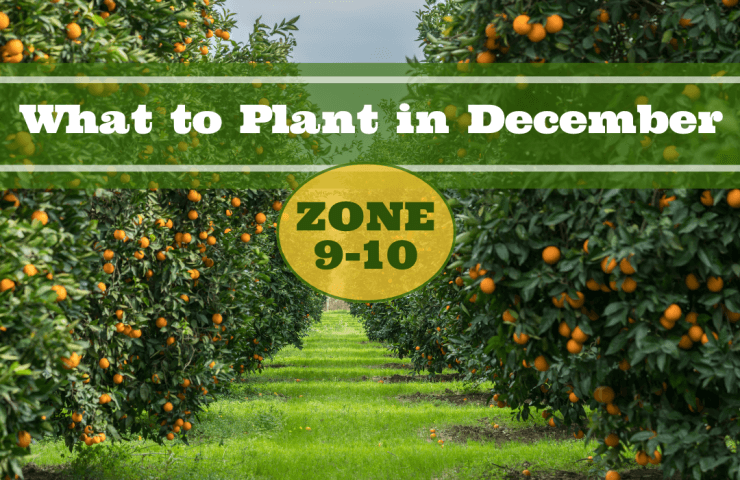
While the rest of the country is shoveling snow, gardeners in zones 9-10 are still harvesting tomatoes and planting new ones! With average December temperatures ranging from 65°F to 75°F (18°C to 24°C) during the day and rarely dipping below 45°F (7°C) at night, your winter vegetable garden is what most zones would call their spring paradise.
You might miss out on the whole winter wonderland thing, but who needs snow when you can grow fresh produce in December? The mild winters in zones 9-10 give you the unique opportunity to grow an incredible variety of vegetables, herbs, and fruits while other gardeners are stuck dreaming over seed catalogs. In fact, December is one of the most productive months for food growing – the reduced heat and humidity mean fewer pest problems and better growing conditions for many crops.
So grab your harvest basket and let’s explore all the edible growing possibilities your frost-free paradise has to offer. Your northern friends will be amazed when they see what you’re harvesting this winter!
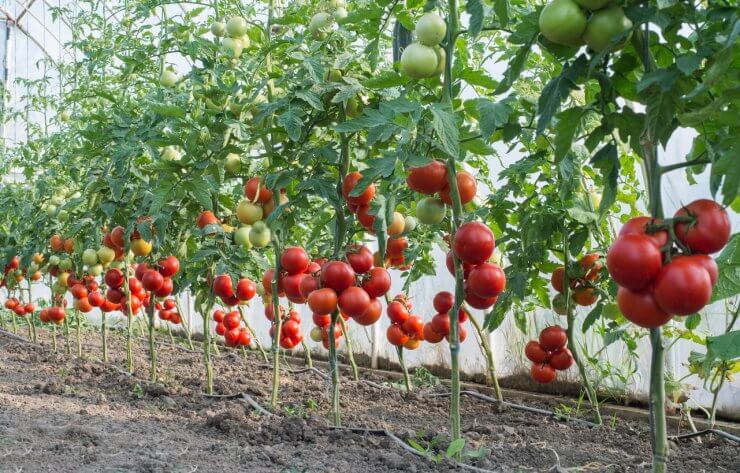
1. Warm-Season Vegetables
Unlike most of the country, you can still plant these summer favorites:
Tomatoes
- Determinate varieties like ‘Florida 91’ and ‘Solar Fire’
- Cherry tomatoes like ‘Sweet 100’ and ‘Sun Gold’
- Heat-tolerant heirlooms like ‘Homestead’
Growing tips:
- Plant in full-sun locations
- Provide support at planting time
- Monitor for cool-season fungal issues
- Keep soil consistently moist
- Learn more about growing Tomatoes in our Tomato Gardening Guide
Peppers
- Sweet bells: ‘California Wonder’ and ‘Big Bertha’
- Hot peppers: ‘Jalapeño’ and ‘Hungarian Wax’
- Specialty types: ‘Jimmy Nardello’ and ‘Shishito’
Growing tips:
- Choose a wind-protected location
- Add calcium to prevent blossom end rot
- Consider row covers for unexpected cold snaps
- Learn more about growing Peppers in our Bell Peppers Gardening Guide and Hot Peppers Gardening Guide
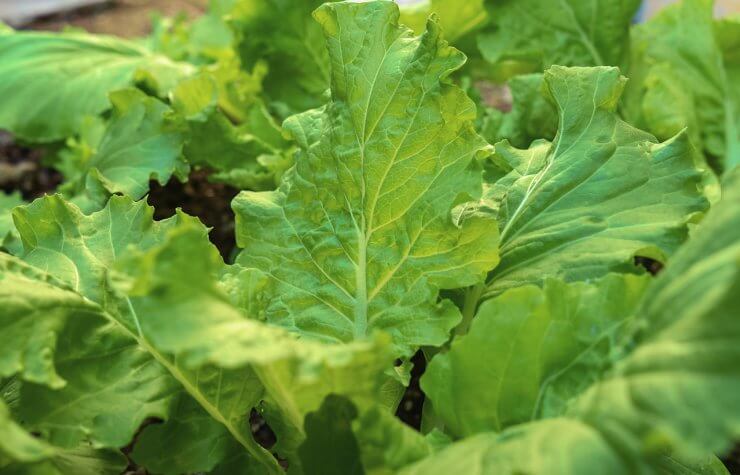
2. Cool-Season Greens
December’s milder temperatures create perfect conditions for leafy vegetables that would bolt in your hot summers.
Salad Greens
Cooking Greens
- Kale
- Collard greens
- Mustard greens
- Turnip greens
Growing tips:
- Succession plant every 2-3 weeks
- Provide afternoon shade if needed
- Keep soil consistently moist
- Harvest outer leaves for continuous production
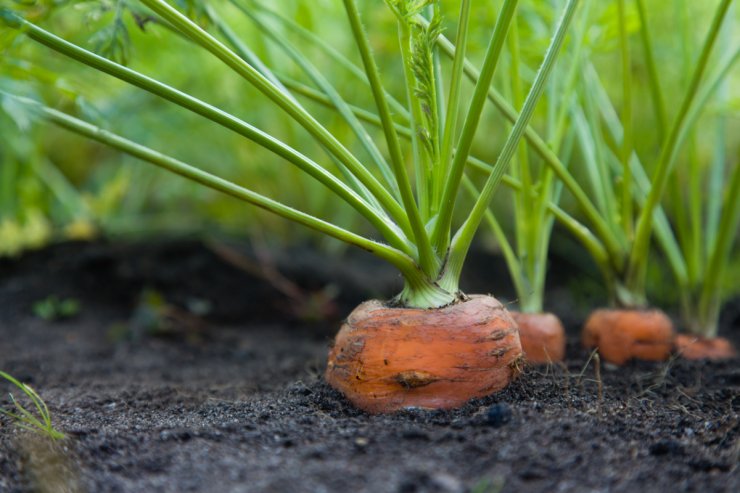
3. Root Vegetables
Take advantage of the cool soil temperatures to grow root crops that struggle in summer heat:
Fast-Growing Roots (ready in 30-45 days)
- Radishes (try ‘Cherry Belle’ and ‘Watermelon’ varieties)
- Turnips
- Baby carrots
- Baby beets
Long-Season Roots (ready in 60-90 days)
- Full-size carrots
- Beets
- Parsnips
- Rutabagas
Growing tips:
- Prepare soil deeply before planting
- Thin seedlings carefully
- Keep soil evenly moist
- Mulch to retain moisture and prevent weeds
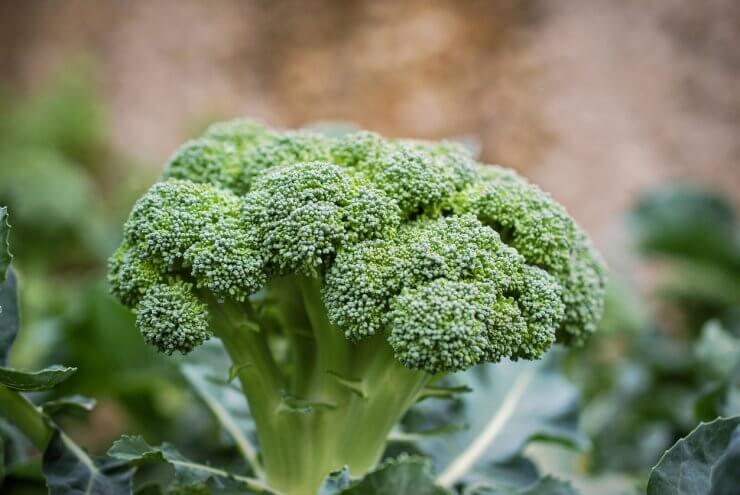
Belstar Broccoli
4. Brassicas
December is prime time for all members of the cabbage family:
Large Heading Types
- Broccoli
- Cauliflower
- Cabbage
- Brussels sprouts
Quick-Growing Brassicas
- Kohlrabi
- Chinese cabbage
- Broccoli raab
Growing tips:
- Enrich soil with compost before planting
- Space properly for good air circulation
- Monitor for cabbage worms
- Provide steady moisture
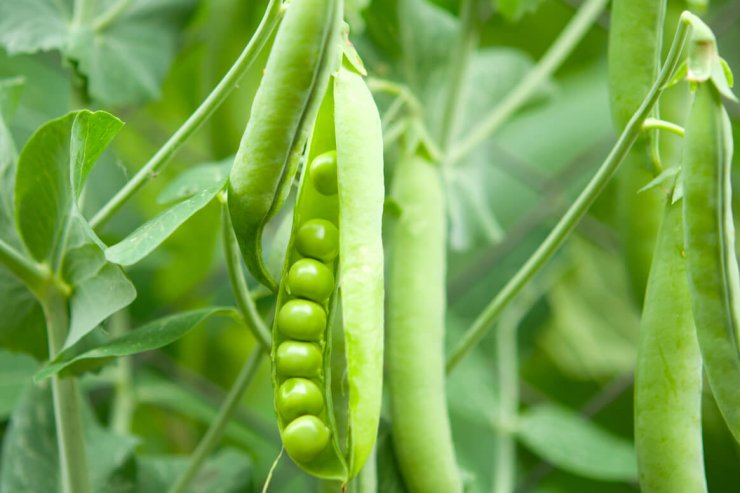
Peas growing on the farm
5. Legumes
Your mild winter is perfect for growing protein-rich legumes:
Peas
Beans
- Bush beans
- Fava beans
- Lima beans
Growing tips:
- Install trellises at planting time
- Inoculate seeds with nitrogen-fixing bacteria
- Plant in well-draining soil
- Keep well watered until germination
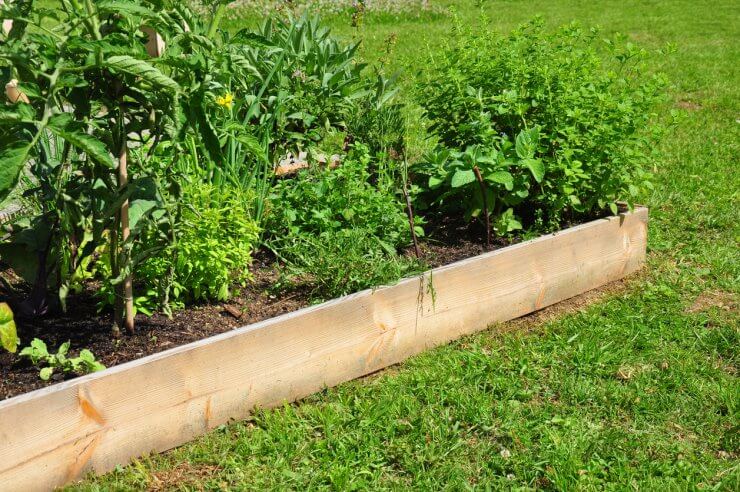
6. Herbs
Many herbs thrive in mild winter conditions:
Mediterranean Herbs
Cool-Season Annual Herbs
Growing tips:
- Plant in well-draining soil
- Harvest regularly to encourage bushiness
- Protect from occasional frost
- Group herbs with similar water needs
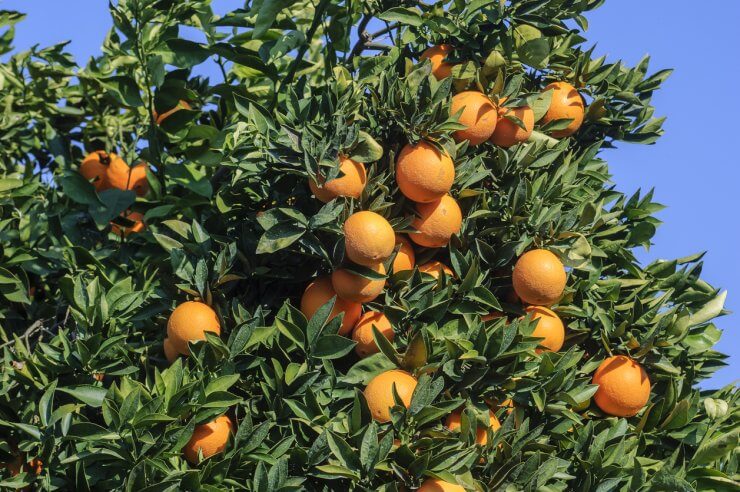
Washington navel oranges
7. Fruit Trees and Bushes
December is an excellent time for planting fruit trees and bushes:
Citrus
Stone Fruits
- Low-chill peaches
- Plums
- Nectarines
Other Fruits
- Figs
- Pomegranates
- Guava
- Loquats
Growing tips:
- Plant in well-draining soil
- Water deeply after planting
- Mulch well but keep away from trunks
- Protect young trees from unexpected frost
December Garden Tasks
Your active winter garden needs regular attention:
- Monitor irrigation needs (winter can be deceptively dry)
- Keep an eye on weather forecasts for unusual cold snaps
- Continue succession planting of quick-growing crops
- Remove spent summer vegetable plants
- Add compost to beds between plantings
- Monitor for cool-season pests and diseases
Pruning and Training Food Plants
December is ideal for many pruning tasks:
- Prune deciduous fruit trees during dormancy
- Train vining vegetables on supports
- Remove dead or damaged branches from fruit trees
- Trim back perennial herbs
- Clean up fallen fruit to prevent pest problems
Soil Care for Edible Gardens
Take advantage of pleasant temperatures to improve your soil:
- Add organic matter to empty vegetable beds
- Mulch around winter crops
- Test soil pH and amend if needed
- Start new compost piles with kitchen scraps
- Apply slow-release organic fertilizers to fruit trees
Remember, your mild winter is a gift for food growing – you can produce fresh vegetables, herbs, and fruits almost year-round. Stay vigilant about those rare cold snaps, but otherwise, enjoy your extended growing season!
What edible plants are you growing this December? Are you trying any new vegetables or fruits this winter season? Share your experiences in the comments below!


 Previous
Previous

